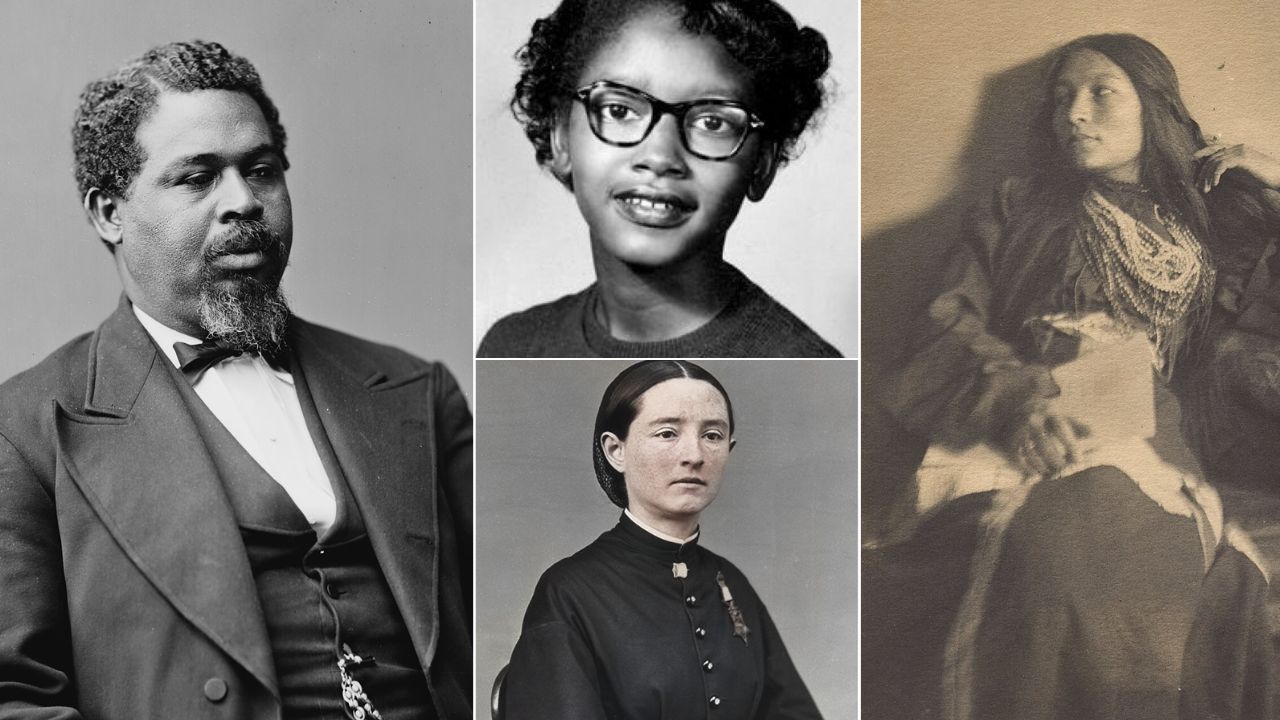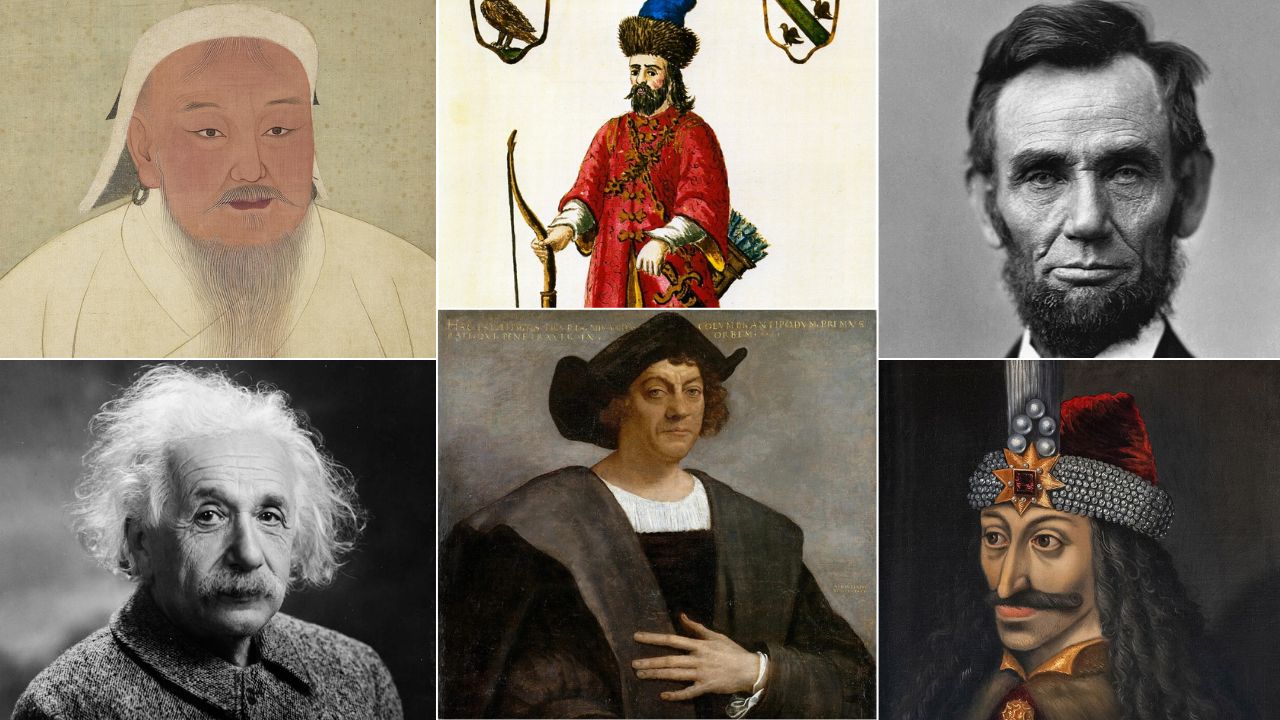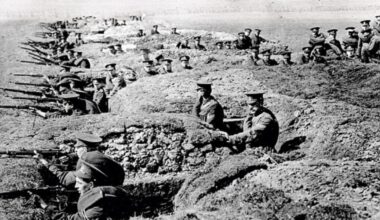History books often spotlight the same few names, while many builders of change fade into the background. These leaders organized movements, saved lives, rewired technology, and reshaped laws, yet most students barely hear about them. Knowing their stories shows how progress often depends on quiet planners and steady doers. Each of these figures faced hard odds, found smart ways through, and left results that still affect daily life in America. Here are ten overlooked achievers who deserve a louder place in our national memory.
1. Bayard Rustin
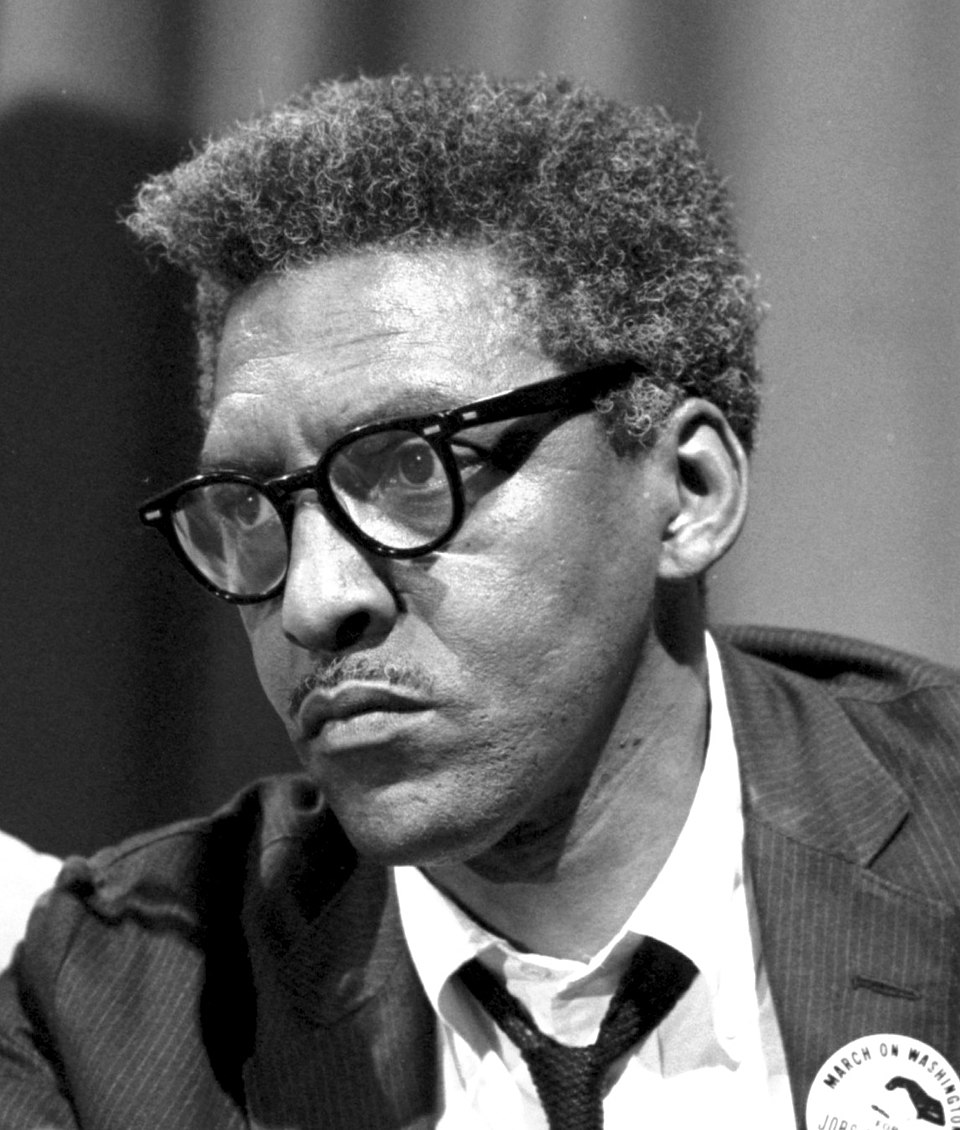
Bayard Rustin was the master planner behind the March on Washington. He trained volunteers, set routes, and kept the event peaceful and on time. He taught nonviolence to young activists and helped link unions, churches, and civil rights groups. Many leaders relied on his calm judgment when tempers rose. His work shaped key laws on voting and equal treatment. Rustin avoided the spotlight and focused on results. Today every well run peaceful rally owes a debt to his careful method and courage under pressure.
2. Robert Smalls
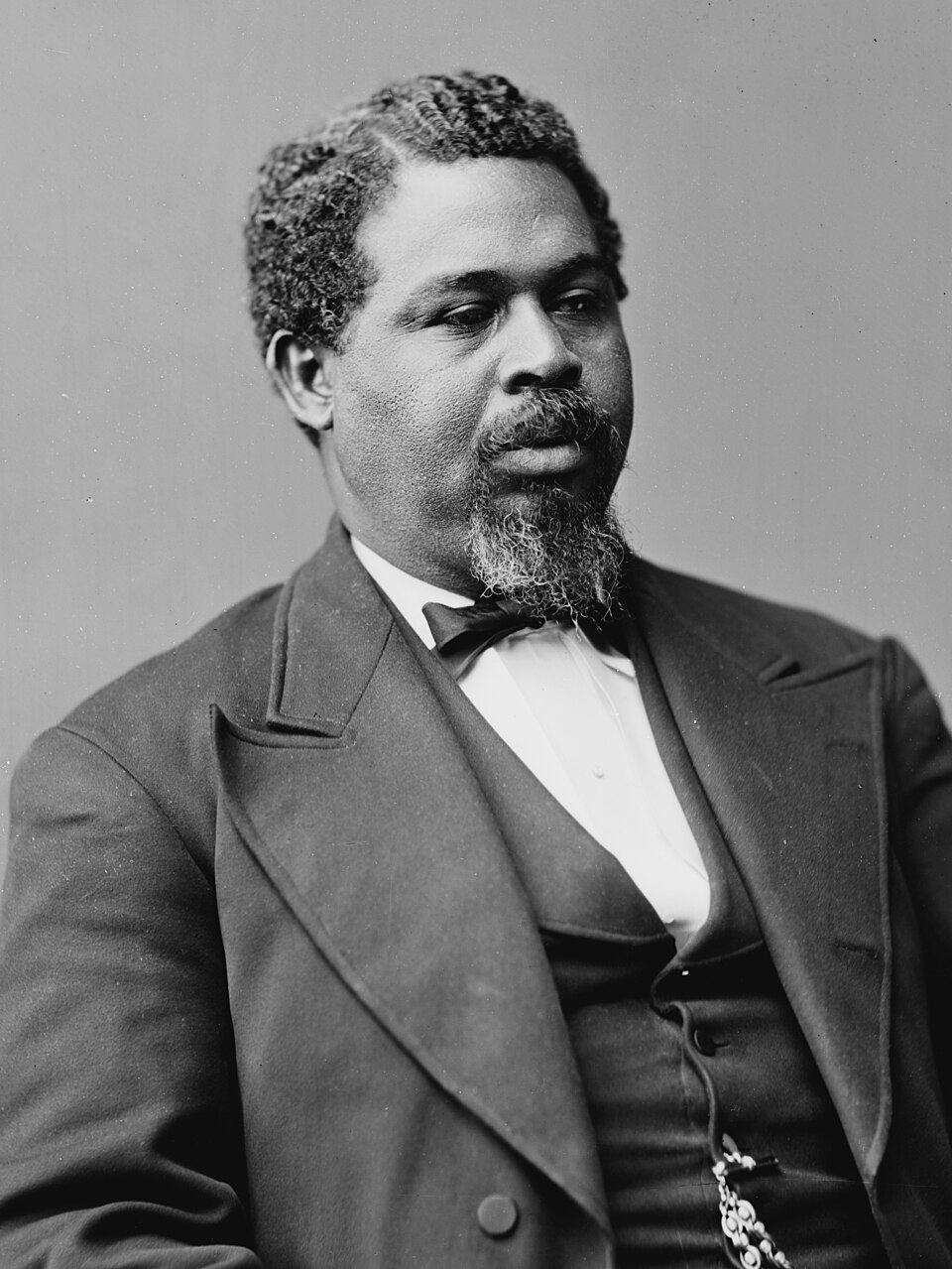
Robert Smalls won freedom by piloting a Confederate ship out of Charleston harbor and delivering it to Union forces. He then guided Navy missions through dangerous waters he knew well. After the war he entered public life and pushed for schools and fair laws in South Carolina. He bought the home where he had been held and used it to serve his community. Smalls proved skill and nerve can change history. His rise from bondage to office shows what grit and clear purpose can do.
3. Grace Hopper
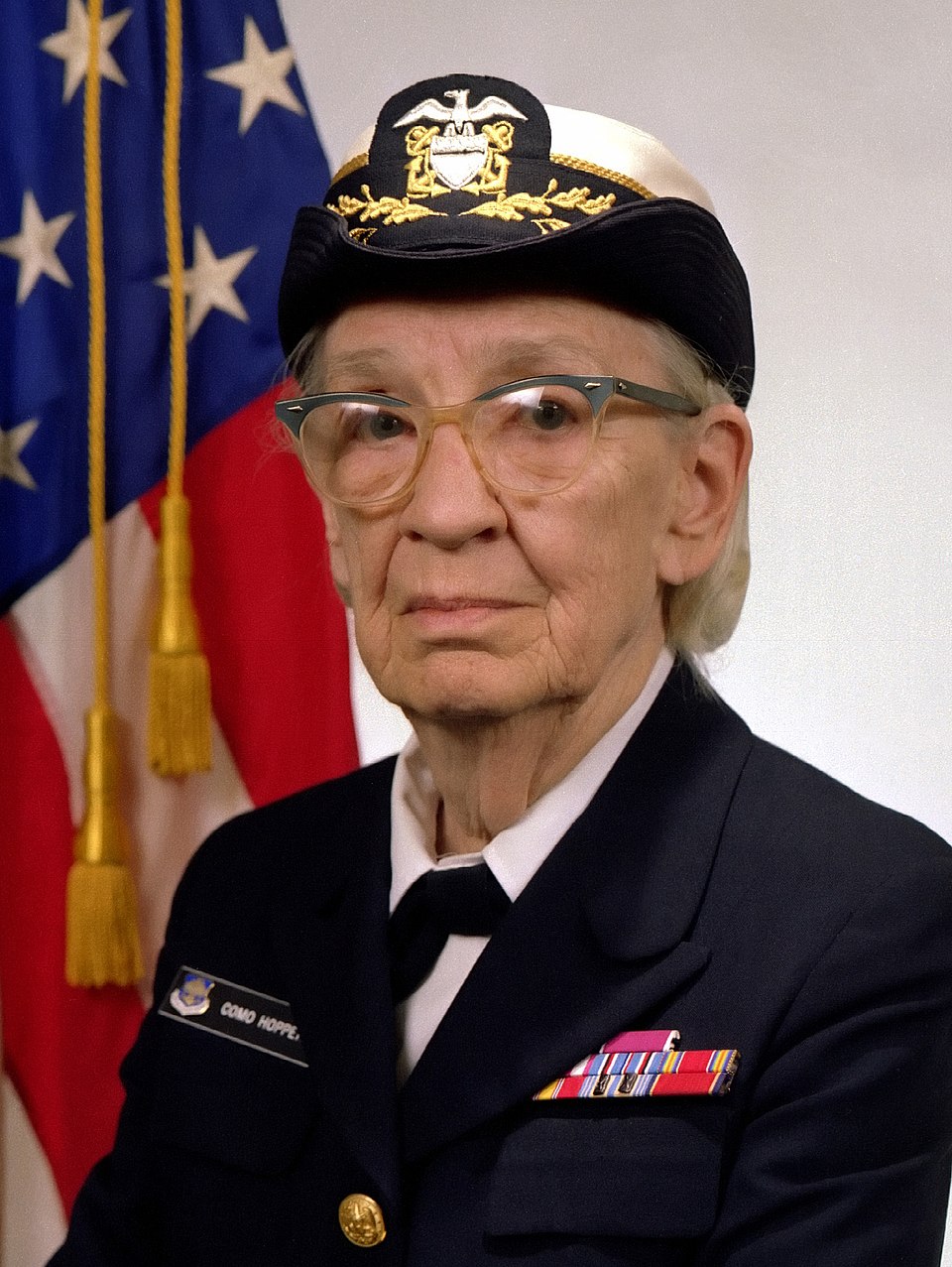
Grace Hopper helped computers speak a language people could read. She built the first widely used compiler that turned plain words into machine steps. That opened the door to modern software and business systems. She also taught thousands of young programmers how to write clean code and solve big problems with small steps. Her talks made complex ideas feel simple and useful. Hopper served in the Navy and brought that sense of duty to tech. Much of today’s digital world rests on her early tools and teaching.
4. Mary Edwards Walker
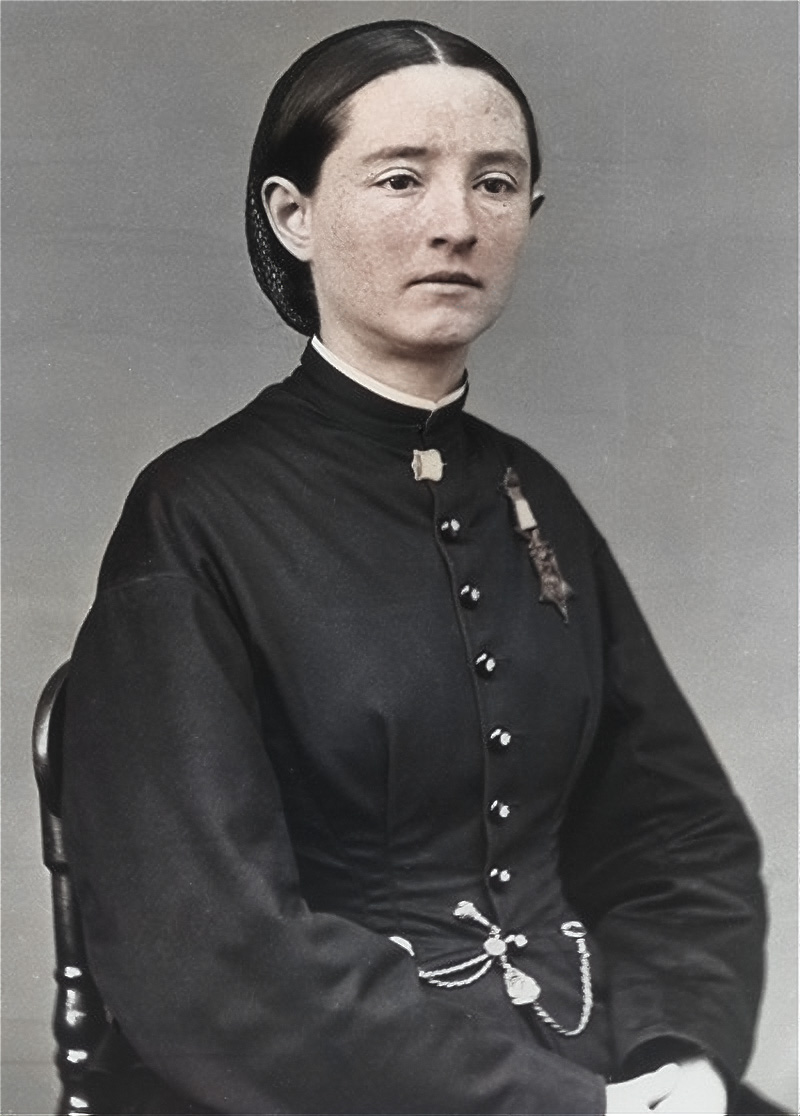
Mary Edwards Walker served as a surgeon during the Civil War when few women could study medicine. She crossed battle lines to treat the wounded and often worked near the front. After the fighting she advocated for better laws and practical clothing for health and safety. She received the Medal of Honor for her service. Her career showed that skill and care matter more than titles or custom. Walker opened paths for women in hospitals and public life by doing the job well and refusing to step aside.
5. Frances Perkins
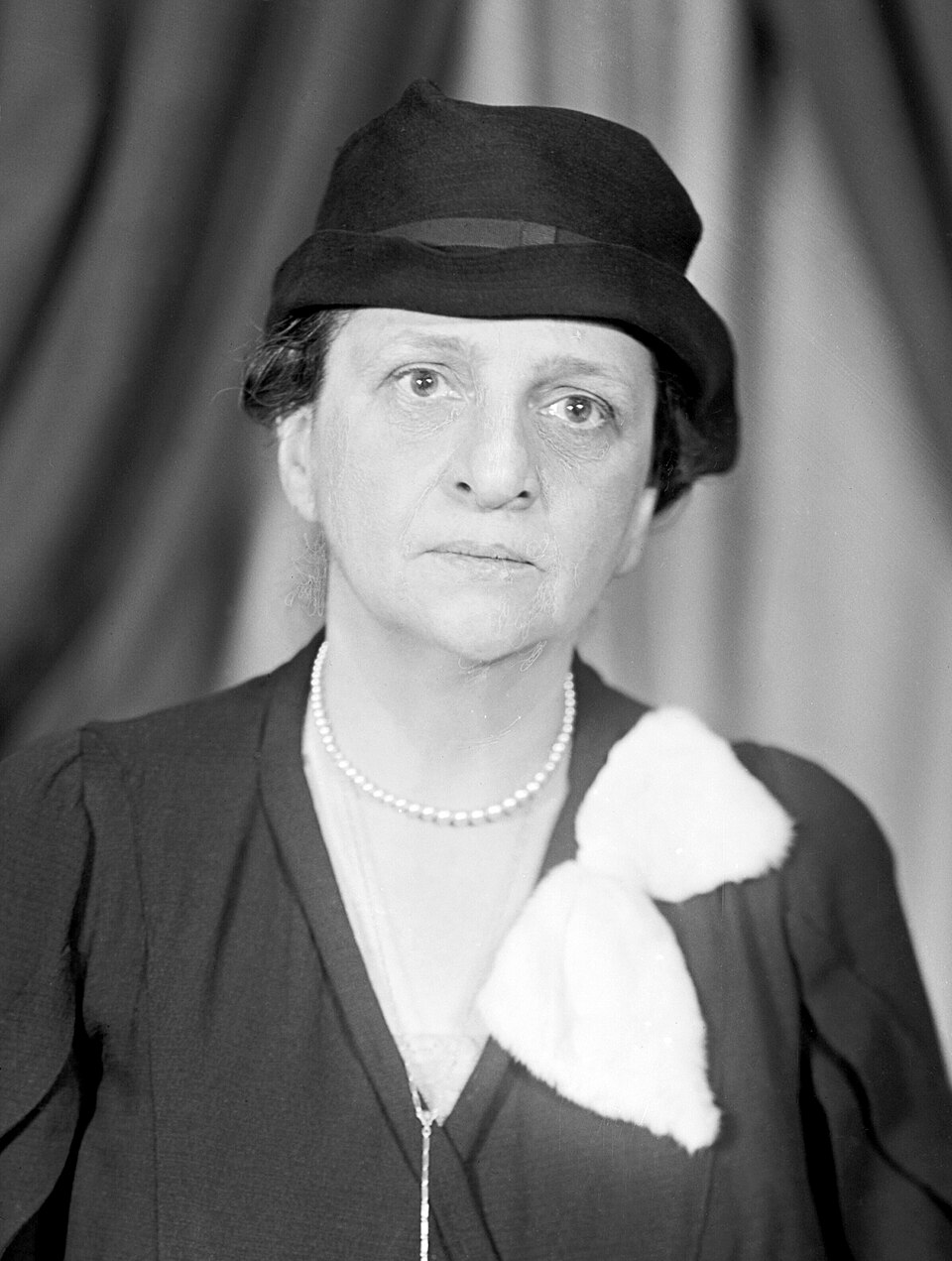
Frances Perkins became the first woman to serve in a United States cabinet. As labor secretary during the Great Depression she pushed for safer factories, the forty hour week, and a ban on child labor. She helped design Social Security, which still supports elders and families today. Perkins met with workers, managers, and local leaders and turned their stories into clear rules. She proved policy can be both firm and humane. Many basic protections Americans count on began with her steady work.
6. Bass Reeves
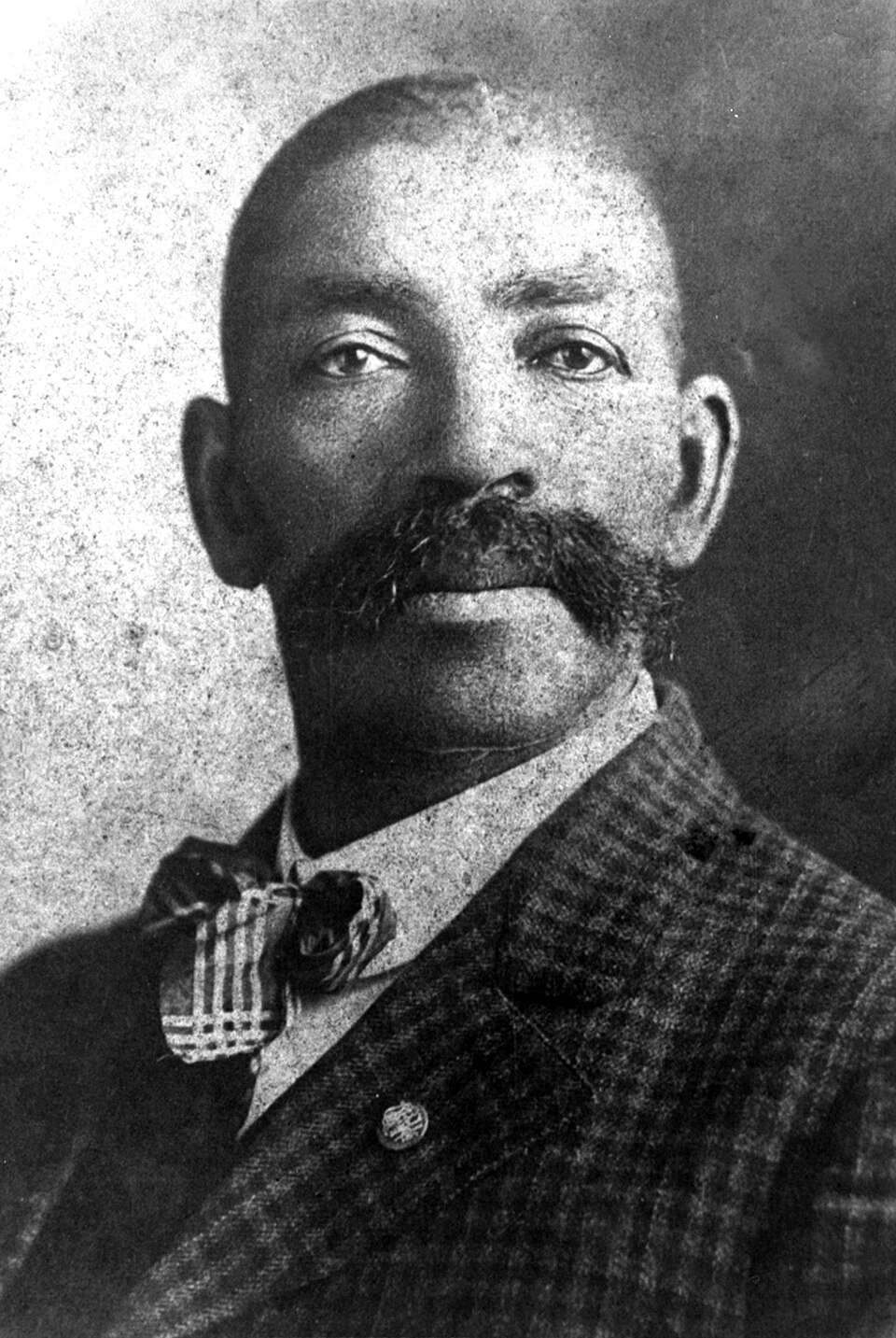
Bass Reeves was a legendary lawman on the frontier. He served as a deputy marshal across a huge stretch of land and made hundreds of tough arrests. Reeves spoke several languages and used smart disguises to track suspects without harm to bystanders. He was known for fairness and careful reports that held up in court. Many stories later echoed his life, but his name rarely appeared. His record shows how equal justice depends on courage, patience, and strict honesty even far from big cities.
7. Claudette Colvin
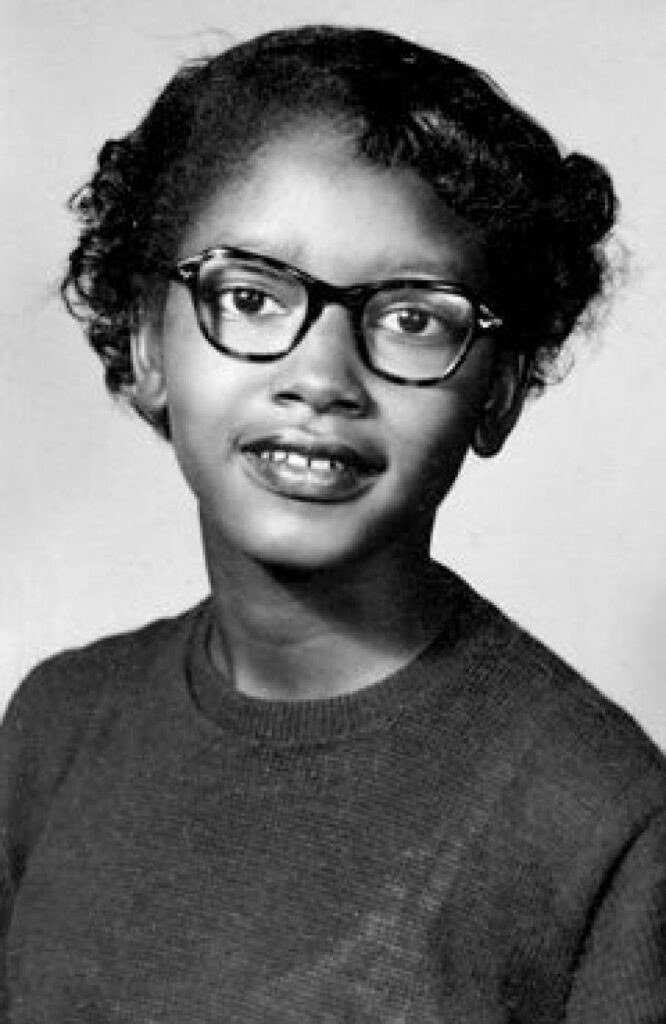
Claudette Colvin was a fifteen year old student when she refused to give up her bus seat months before a similar stand drew national attention. She later joined a key court case that ended bus segregation in her city. Adults at the time did not lift her story, but her brave act helped lay the ground for wider change. Colvin reminds us that teens can lead by simple, firm choices. Her courage in a tense moment pushed the fight for equal treatment forward.
8. Octavius Catto
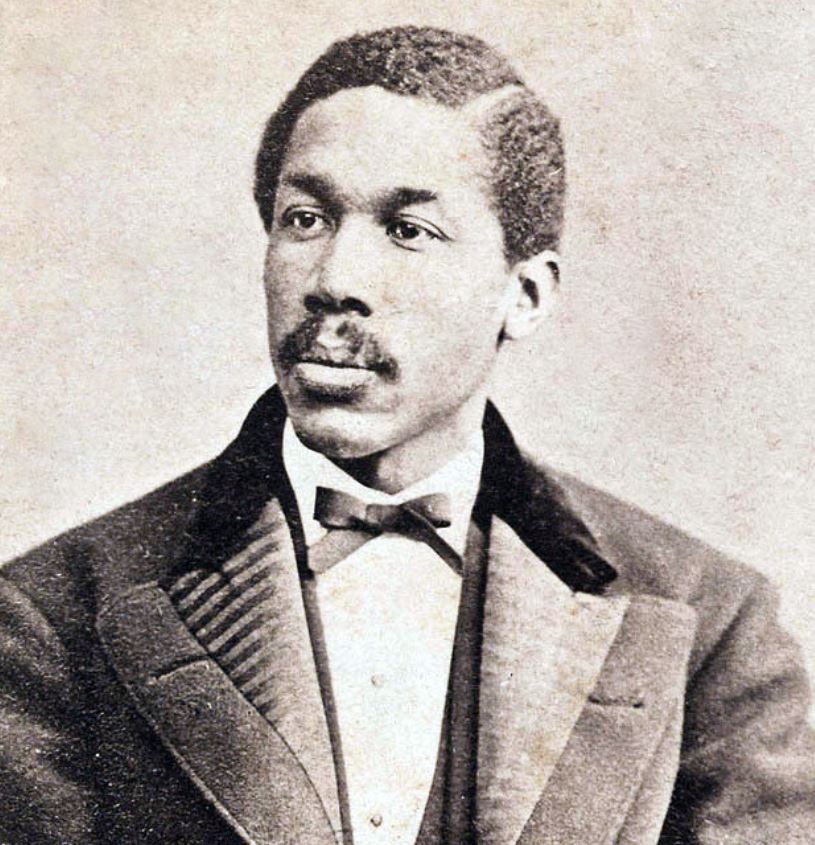
Octavius Catto was a teacher and organizer in Philadelphia after the Civil War. He built schools, trained young leaders, and worked to secure the right to vote for Black citizens. He helped integrate streetcars through steady pressure and legal steps. Catto used speeches, local clubs, and patient outreach to change rules and habits. He paid a high price for his public work but left a strong model of urban leadership. His life shows how local action can shift a whole city toward fairness.
9. Gordon Hirabayashi
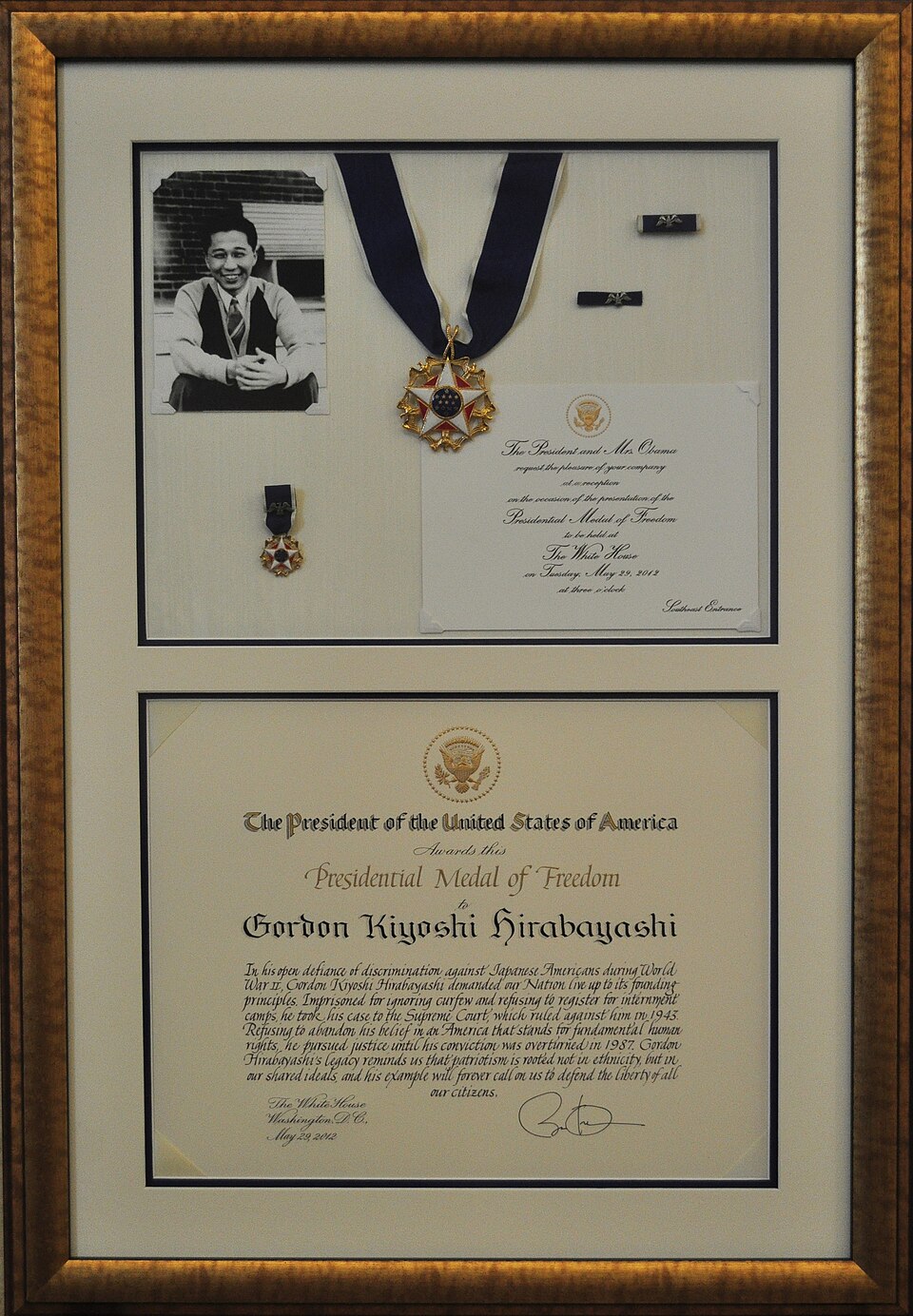
Gordon Hirabayashi challenged wartime curfews and forced removal from the West Coast. He turned himself in, argued his case, and spent time in jail rather than accept a policy he saw as unjust. Decades later courts agreed that the orders had ignored key rights. Hirabayashi’s stance reminds us that laws need testing when fear runs high. He kept a calm tone, wrote clear statements, and trusted the record to speak. His example helps students see how steady protest can change legal history.
10. Zitkála Šá
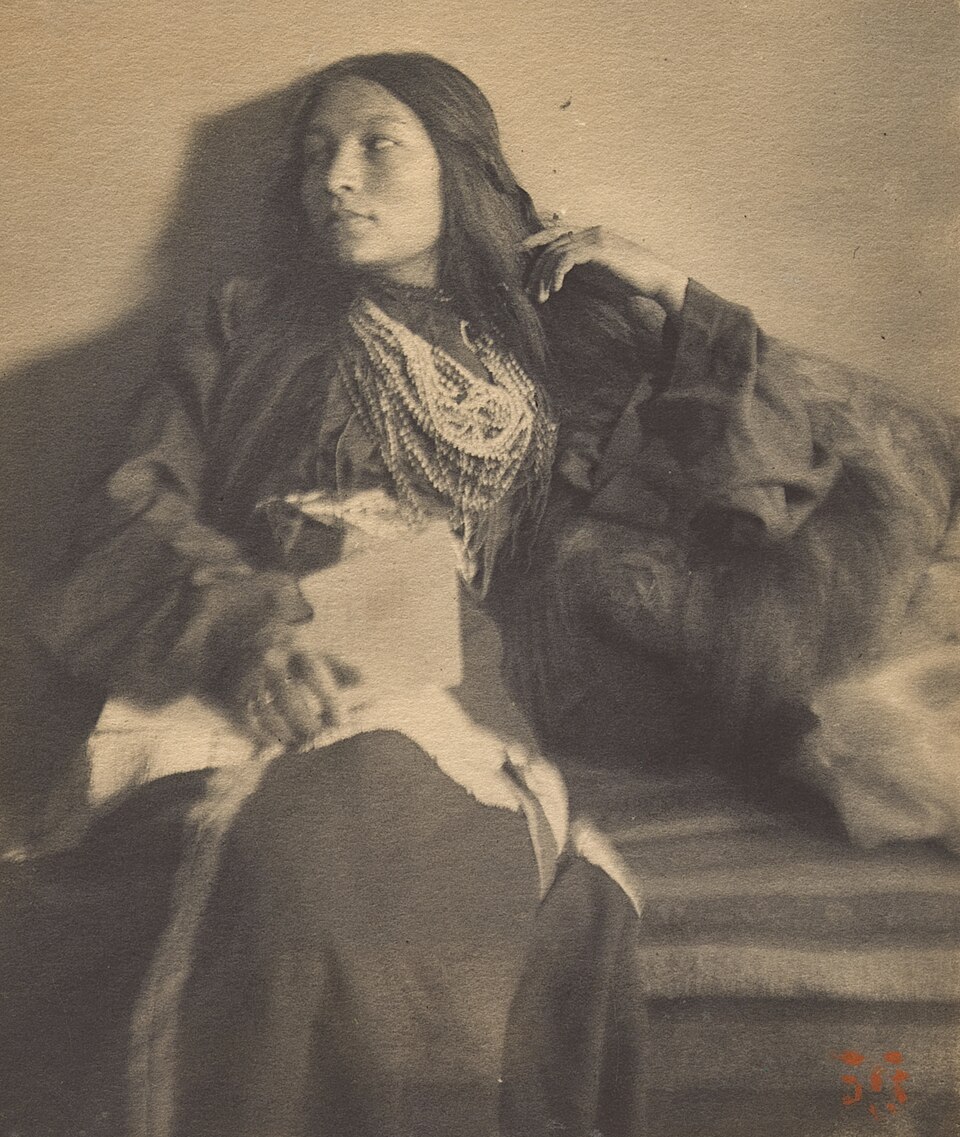
Zitkála Šá, also known as Gertrude Simmons Bonnin, was a writer, musician, and advocate for Native rights. She collected stories, taught music, and spoke against policies that harmed families and culture. She helped form groups that pushed for fair laws and respect for tribal nations. Her essays explained Native life to readers who had never heard those voices. Zitkála Šá used art and clear argument to win allies and protect traditions. Her work built bridges that later leaders could cross.
